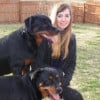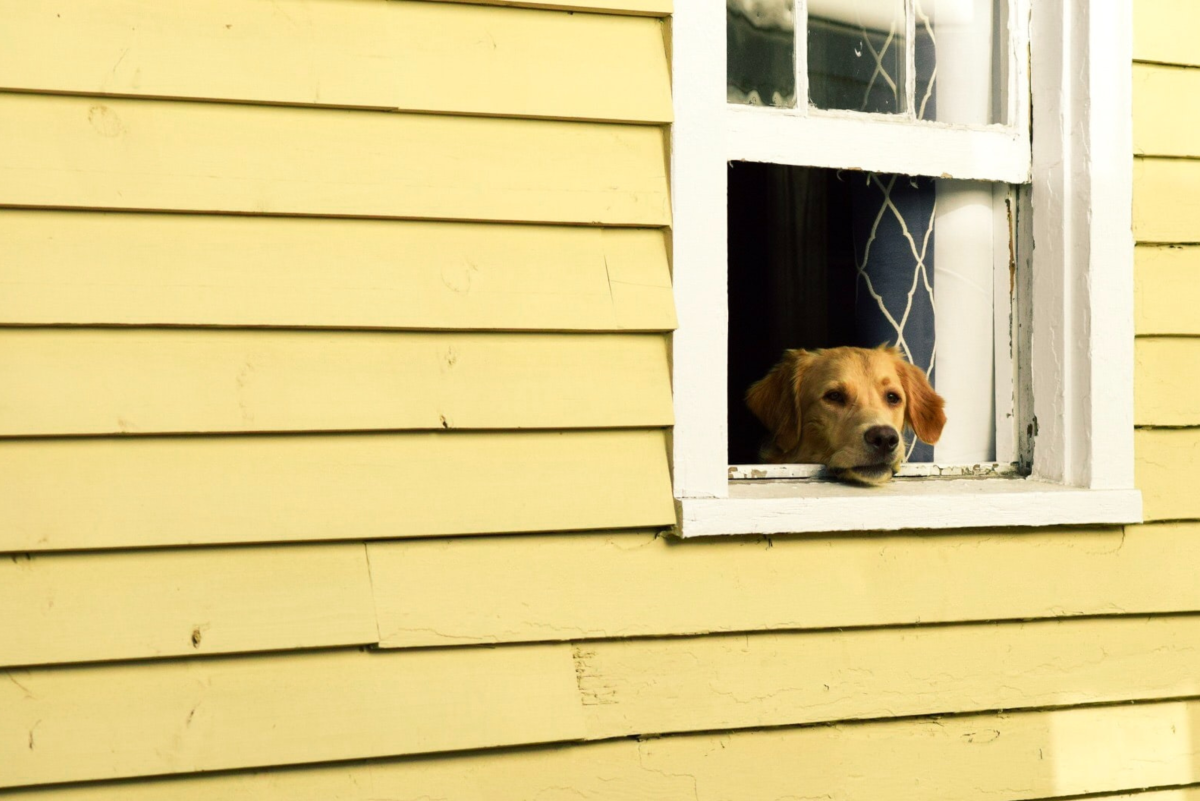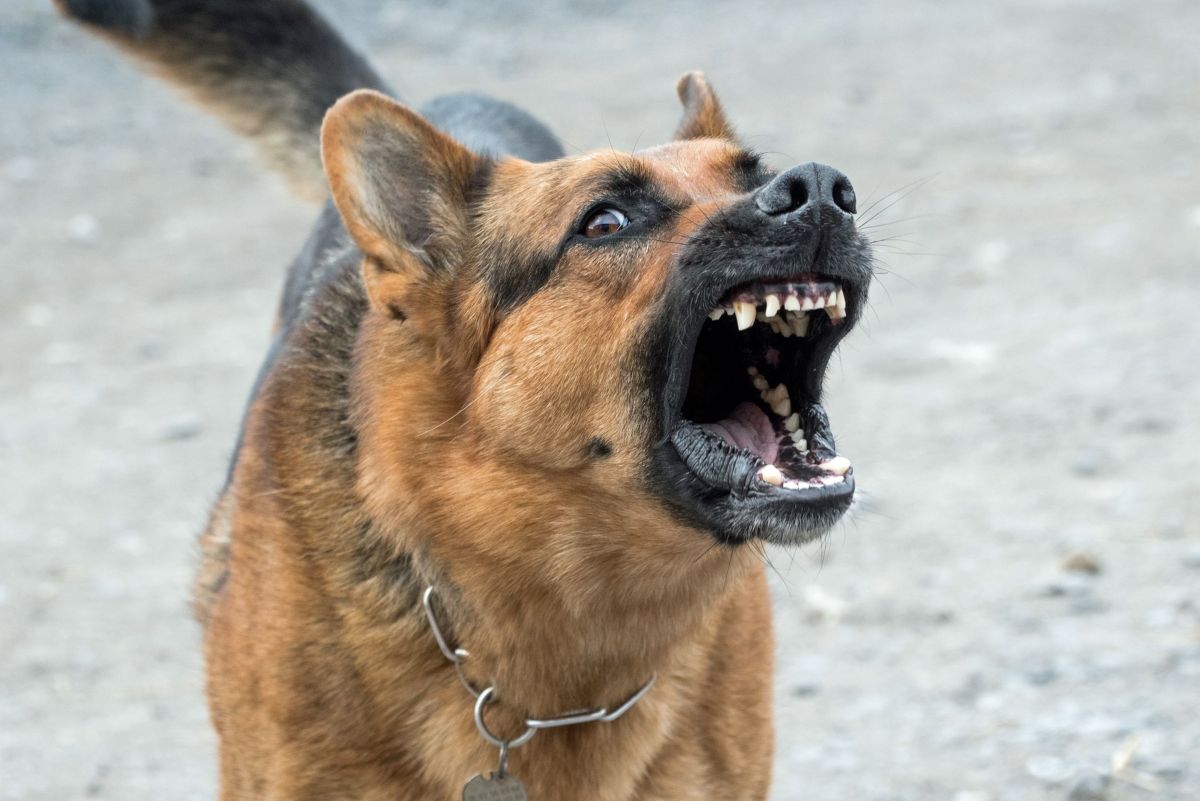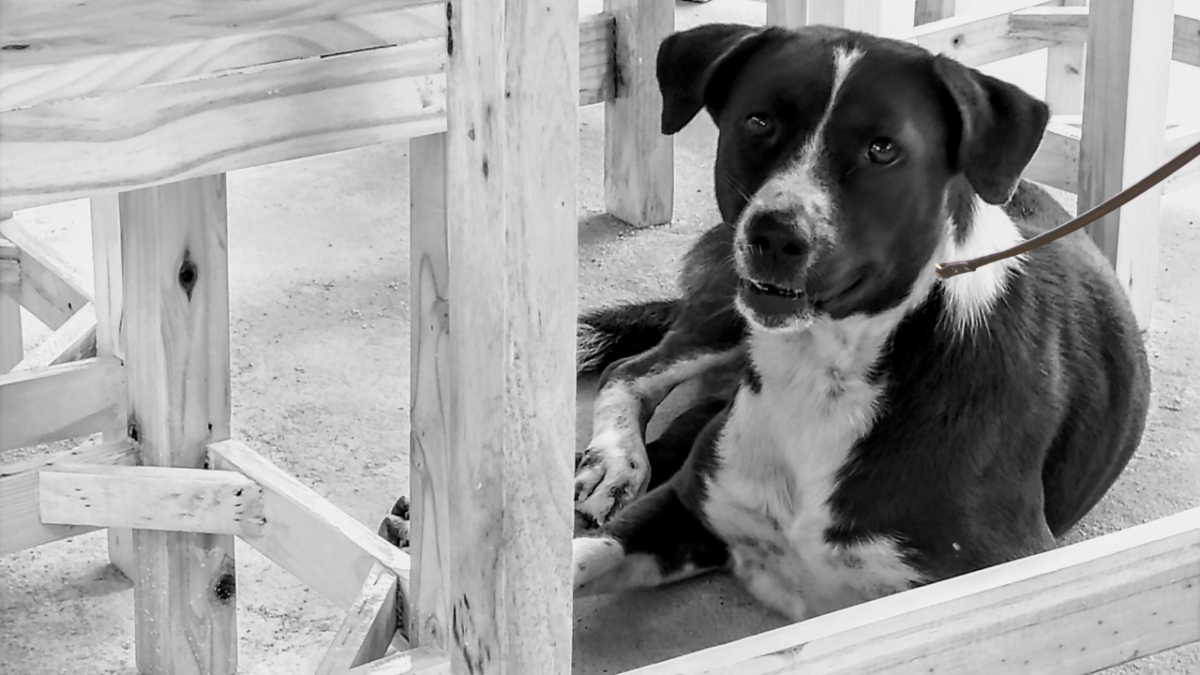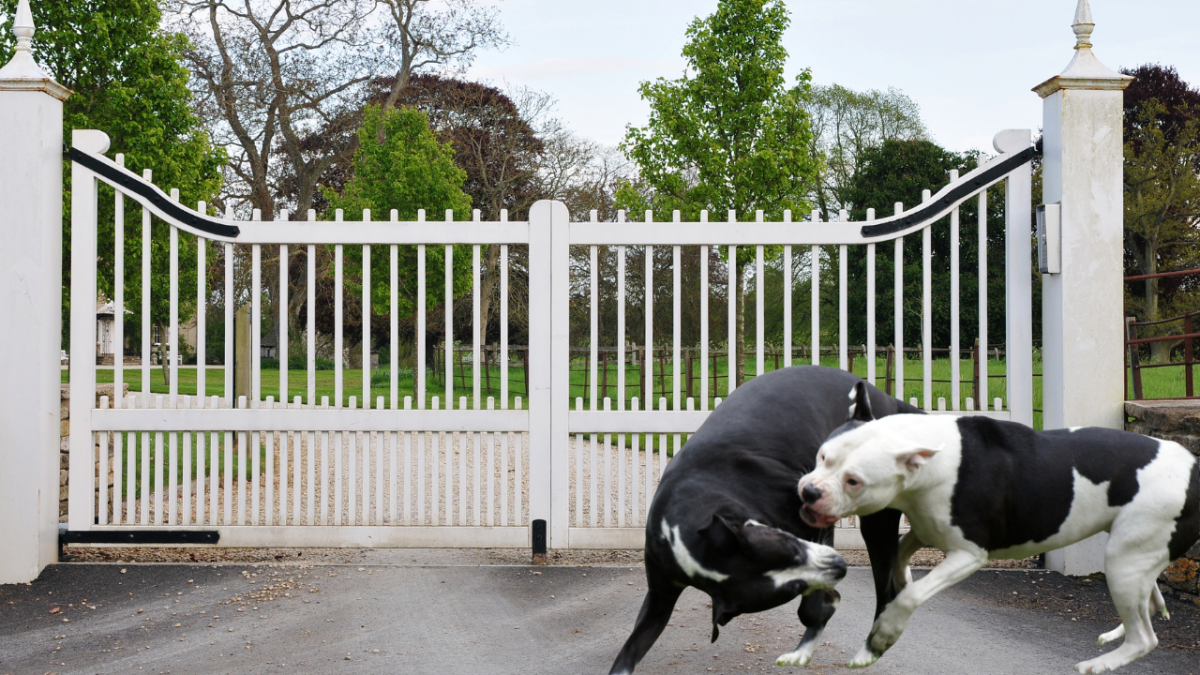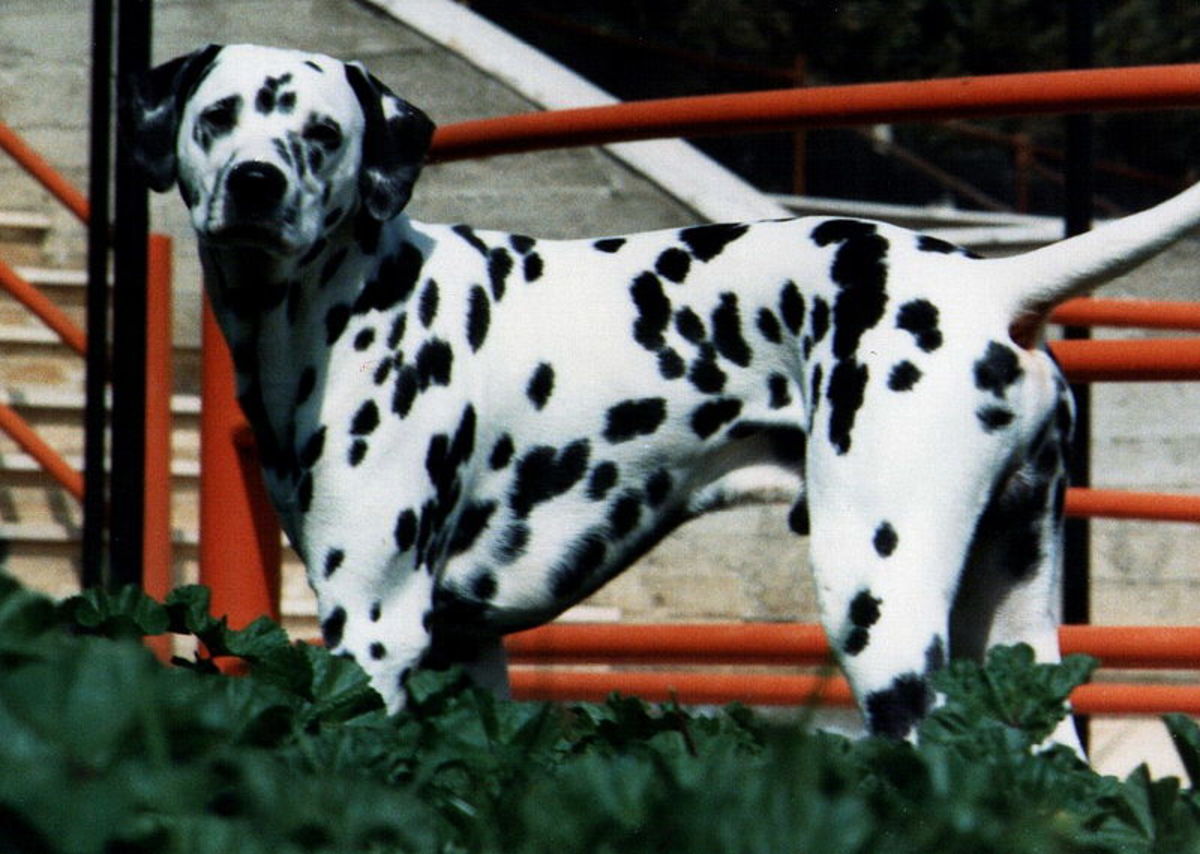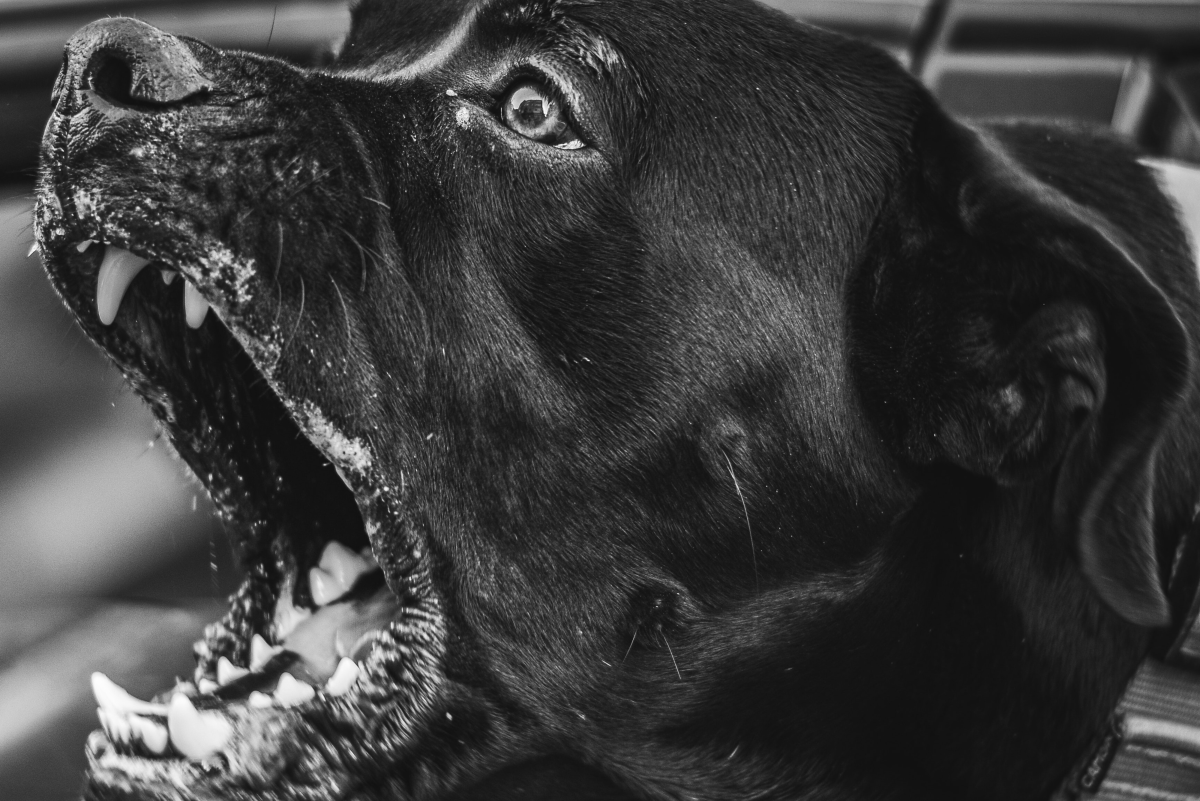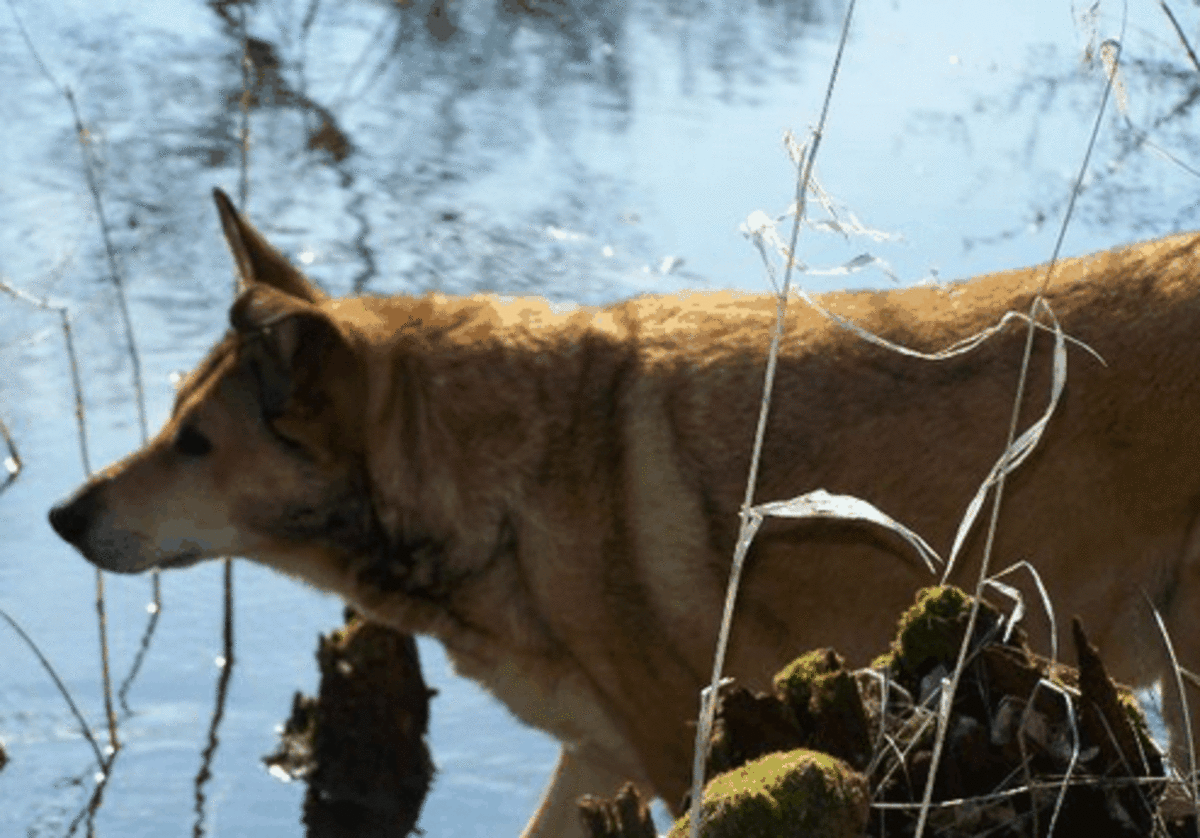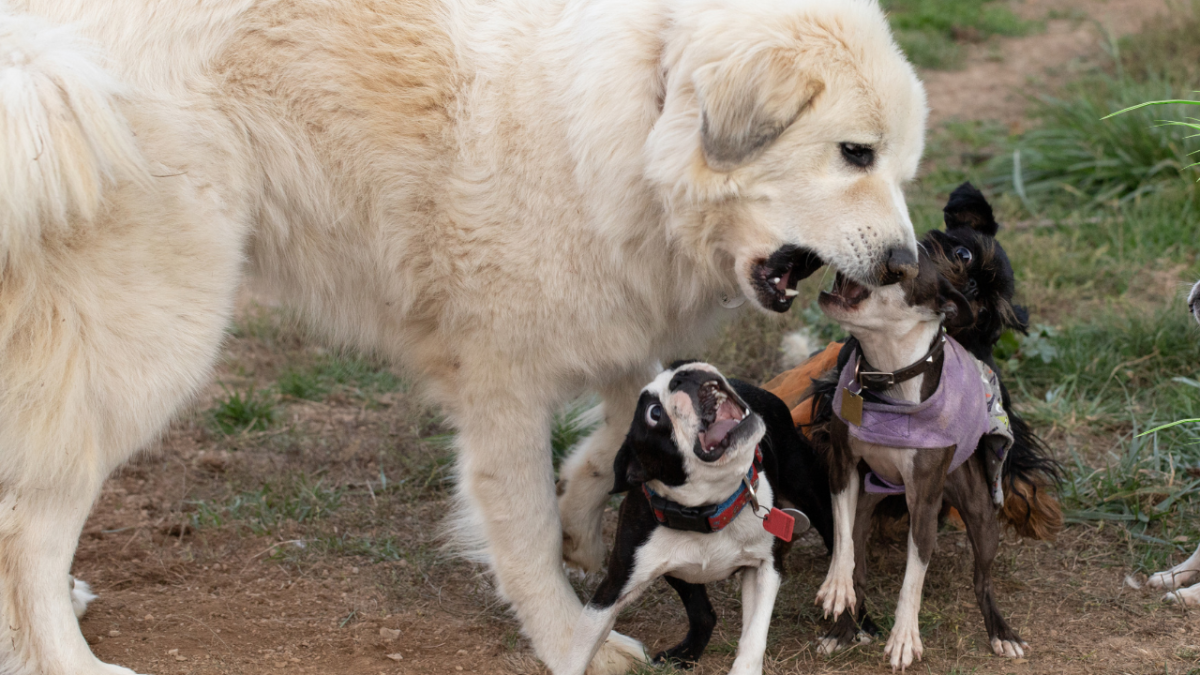- HubPages»
- Pets and Animals»
- Dogs & Dog Breeds»
- Dog Behavior
How to Walk an Aggressive Dog
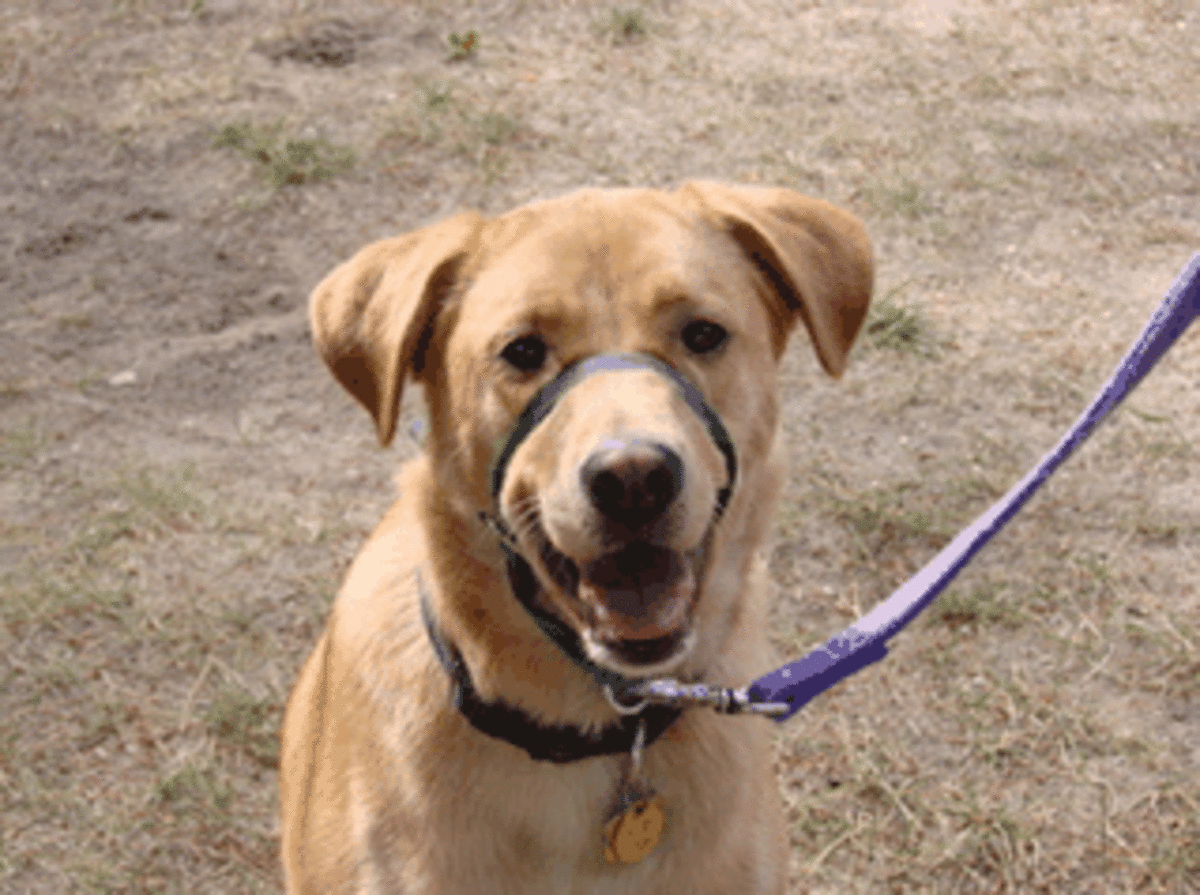
Please Make a Note of This!
*Note: this hub is mostly for mildly reactive dogs. If your dog is aggressive and potentially risky for the public, consult with a dog behavior professional.
About Walking an Aggressive Dog: An Owner's Perspective
If you're walking an aggressive dog, there may be many things you may be unknowingly doing that will not only fail to make the aggressive behavior better, but that can actually exacerbate it. From the choice of tools you select to the way you hold the leash, move and talk, the aggressive behavior may reflect those choices and have an impact on the over all behavior, sometimes with devastating results.
First of all, let's admit it, walking a reactive dog is not fun. Most likely, you are tense, you have a death grip on the leash and are in a constant hyper vigilant state so you can scan any upcoming dangers. You may not be aware of it, but you may be holding your breath at times and your heart may race when you find a trigger coming your way. In certain cases, you may need that adrenalin rush so you can think quickly and react to find the best way out of such a situation. Of course, that is, if you're the type that reacts quickly....
Many times, owners of reactive dogs try to find a compromise so they are less likely to continue feeling this way. Often this entails walking the dog in the wee hours of the night or very early in the morning-sometimes even earlier than the early risers. Certified professional dog trainer Pia Silvani coined a special term for those folks calling them "midnight walkers". Sadly, in some cases, owners may decide to never walk their dog again, keeping him secluded in a small backyard for life.
As an owner of a reactive dog you may even be bombarded with several "what ifs". What if an off-leash dog comes close? What if somebody wants to pet my dog? What if the equipment fails? What if I can't hold my dog? This article was crafted to help you feel less stressed and frustrated, while offering some tips.
Tips for Walking Aggressive Dogs
You may not be aware that there are tools, methods and techniques that can help make your walks less stressful. The following are tips, tools, methods and techniques that should help you better walk your aggressive dog.
Train Better Leash Manners
If you own a reactive, fearful or leash aggressive dog, you most likely are tired of your dog's lunging behavior. "I feel like my arm almost gets ripped out of its socket" are not uncommon remarks I hear from frustrated owners. Well, you'll be surprised to learn that you're not the only one getting frustrated. "Straining against the leash induces frustration and anxiety in both dog and human handler, which, over time, may progress to aggressive displays accompanied by frenetic bursts of physical behavior. If allowed to practice this behavior often enough, a dog can go from completely calm to completely out of control in a split second" claims Certified Pet Dog Trainer and Certified Dog Behavior Consultant Barbara Davis, in an article for the Association of Pet Dog Trainers. Training your dog loose-leash walking and attention heeling can make a whole lot of difference.
Choose the Right Equipment
Worried about your dog pulling you? The tool you choose to walk your dog can make a world of difference. Ditch that prong collar or choke collar which can cause more problems than it resolves. Look instead for a front-attachment harness, where the leash clips to a ring found in the front rather than in the back. My clients are always amazed in the difference it makes in walking their dogs and the benefits are mutual. Dogs no longer need to deal with the opposition reflex, they'll pant, gag, choke less than when straining against a collar, and owners feel less stressed over losing control of their dogs.
Keep Everybody Safe
If you are concerned your dog may bite somebody, get him used to wearing a muzzle. Another option is a head collar, but consider that dogs can still bite when wearing these. The head collar though can help you gain better as it control the dog's head. For more on head collars read " pros and cons of dog head collars"
Read Your Dog
Often, dog owners claim that their dog lunged and barked "out of the blue", but often there are very subtle cues that a dog is getting stressed, before the lunging takes place. Buy the book, or purchase the video by Norwegian dog expert Turid Rugaas "On talking terms with dogs: Calming Signals." Also, visit my hub on dog calming signals.
Work Under Threshold
Learn at what distance your dog gets reactive and try to avoid getting him past that point. To learn more about threshold read " Understanding a dog's threshold levels." So if your dog does fine with a dog within 30 feet, but gets stressed at 10 feet, make sure you don't put him at a distance he can't handle. You want to desensitize your dog to your trigger, not overwhelm him which accomplishes the opposite, sensitizing him.
Teach Your Dog to Check-In
What if you could train your dog to engage in an alternate, incompatible behavior rather than the lunging, barking, growling? Teach your dog to check-in with you when he sees his trigger, by teaching the "look at that game". After some time, your dog should look forward to seeing his trigger as it becomes a cue that something great will happen. You'll see him check-in with you more frequently and this will help him be better under control. Another option is the open bar/ closed bar method. Some like to use BAT. To best try these methods, it's best to find the aid of a dog trainer/behavior consultant.
Use High-Value Treats
To increase the chances your dog pays attention to you, you'll need to work under threshold, but also use high-value treats. In this case, skip kibble, and try instead small bite-sized treats that are soft. Cheese, chicken, hot dogs, steak can work wonders for many dogs. Keep them in a treat pouch, and keep several in your hand always ready in case a trigger is passing by.
Train Escape Responses
At times, no matter how well you try to prevent your dog from encountering his triggers, they'll pop out of nowhere. In this case, you want to be ready to make a swift about-turn to move in a different direction. A good way to teach this is by borrowing Rally-o's Shutzhund turn, you can read more about this method by reading my hub on "Training your Dog the Emergency Exit" where there is also a video of me and Kaiser performing some.
Invest in Calming Aids
Did you know? A good 90 percent of dog aggression is due to fear. Your dog may benefit from some calming aids to help him relax. DAP collars have been utilized by some owners with good results. Some owners will let their dogs wear a calming shirt such as the Anxiety Wrap or the Thundershirt. Over the counter calming tablets are also now available such as Composure and Anxitane. However, in some cases, your dog may need vet-prescribed drugs to help him better cope with his fear and be less over threshold and ready for behavior modification.
Make Others Aware
Often, dogs are put in situations they are not ready for because people allow their dogs to come too close, or people come over wishing to pet your dog who doesn't do well around strangers. To help prevent that, you can purchase a vest that clearly states "“Dog in Training — Give Me Space” Another option is to just tell others that your dog is in training and to not come close.
Remove Tension
Try your best to stay as calm as possible. You now have better equipment to rely on and your dog has better leash manners. Avoid putting tension on the leash. Breath. Do yoga before going out, jog your dog before walking him in areas where he's likely to encounter a trigger. You'll both be better relaxed.
See a Pro
Last but not least, you may want to consult with a dog trainer or dog behavior professional to help you out in making those walks less stressful. Some dog trainers hold special classes just for owners of aggressive dogs. Such classes can be very helpful as dog owners realize that they're not alone. Look for Reactive Rover or Feisty Fido classes near you.
As seen, walking an aggressive dog doesn't have to necessarily be stressful. If you work systematically and do your best to prevent your dog from rehearsing the aggressive behavior, you'll find that things aren't that bad. However, never let your guard down. Your dog may be better managed, but remember that the aggression may still be there. Reading books such as Patricia McConnell's Feisty Fido or James O' Hear's "The Dog Aggression Workbook" may be helpful. Remember: you are not alone and there are tools, techniques and equipment that can make things much better both for you and your reactive Rover.
Alexadry© do not copy, all rights reserved.
Does walking your reactive dog make you anxious?
Teaching the LAT Game with the Clicker
For further reading
- Why is my Dog Aggressive Towards Intact Males?
Dog aggression towards intact, unneutered male dogs is not at all unusual. But how does your dog know if another dog has been neutered or not? What is triggering this form of reactive behavior? - Dog Aggression: The Role of Nutrition
Nutrition can have significant effects on your dog's behavior. Learn what foods have been researched to cause some dogs to react negatively, and which foods you may want to add to your dog's dish. - Understanding Genetics in Dog Aggression
Aggression in dogs in many cases has a genetic basis. It's important to recognize the role of genetics in dog behavior and knowing what you get into when you get a puppy from questionable sources. - Aggressive Dog Teeth Removal
Owners of aggressive dogs may wonder if tooth extraction may be a form of treatment for dog aggression. Answers and thoughts on what may appear like an all too easy solution. - Dog Aggression Prognosis
What's the prognosis for an aggressive dog? Dog aggression prognosis varies and depends on a variety of factors. Learn about a few that can play a role, but no black and white statements can be made. - Dog Behavior: Understanding Dog Threshold Levels
What does it mean for a dog to be over or under threshold? What exactly are threshold levels in dogs? This guide should give you a hint and helpful advice on how to create the fertile grounds for a good desensitization and counter-conditioning progra
